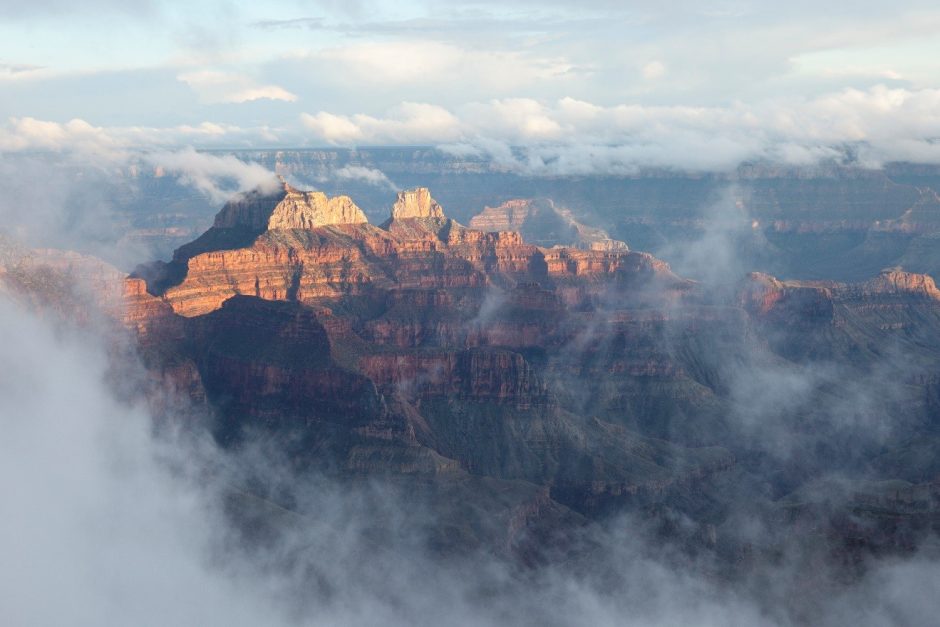
Why you should ALWAYS bring a Telephoto Lens on Landscape-focused Photo Trips
When we think of iconic landscapes like those in the Canyons of the American Southwest, Antarctica, and the Swiss Alps (just to name a few!), you may not think about packing your telephoto lens. Or if you do, you may opt for something with less telephoto than you typically need for wildlife, like those with a 300mm or 400mm reach.
However, as you’ll read below, I’ll advocate you bring your beefy telephoto absolutely everywhere you go, ESPECIALLY for landscapes. Read on for reasons and examples why.
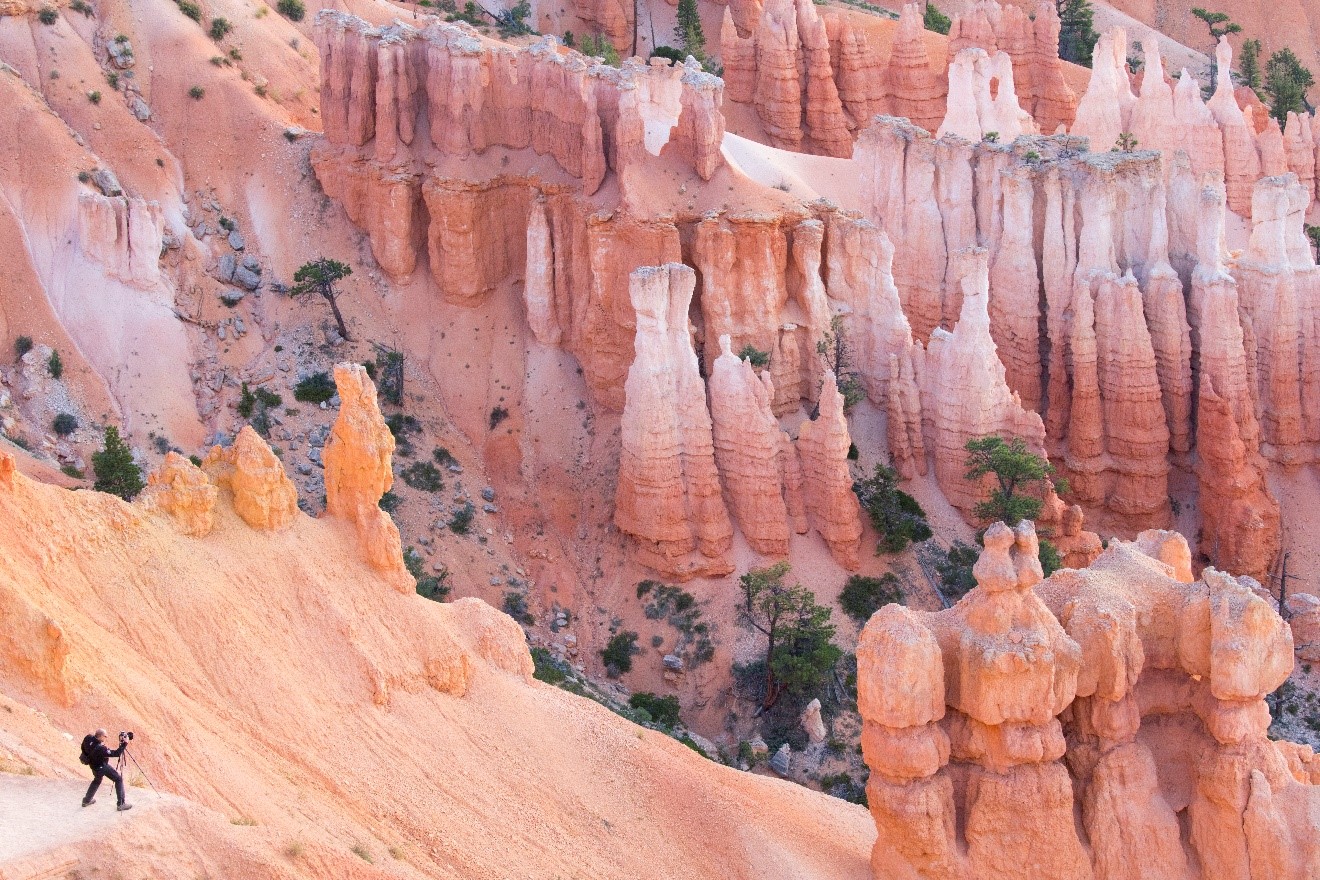
Compressed Landscapes
Something special happens when you use a telephoto lens (or zoom in with your point and shoot) on a big landscape. Effectively you are creating a classic wide angle lanscape shot with a telephoto lens. That is, you are photographing a full landscape from far away, mimicking the look as if you were photographing the landscape in front of you with a wide-angle lens.
Without going into scientific nitty gritty, the lens compresses the landscape such that distant features, relative to your scene, become massive in comparison, when singled out. This is particularly useful for trees on the savannas of Africa, rock features in places like Bryce Canyon National Park, and even the moon on full moon cycles.

I’ll be honest, this is probably the least important of the big three reasons I shoot landscapes with a telephoto, but when you get the opportunity, and really nail the shot, it has the potential to become one of your best photos of the trip. Notice how in the above photo the sun looks bigger and more impressive than normal? This is because I’ve picked out two distant trees on a hill in the Maasai Mara and zoomed in with a 100-400mm lens.
Epic Sunrises and Sunsets
If you’re headed to a place with sensational sunsets, which I suppose could be anywhere in the world, a telephoto zoom is going to be your best friend.
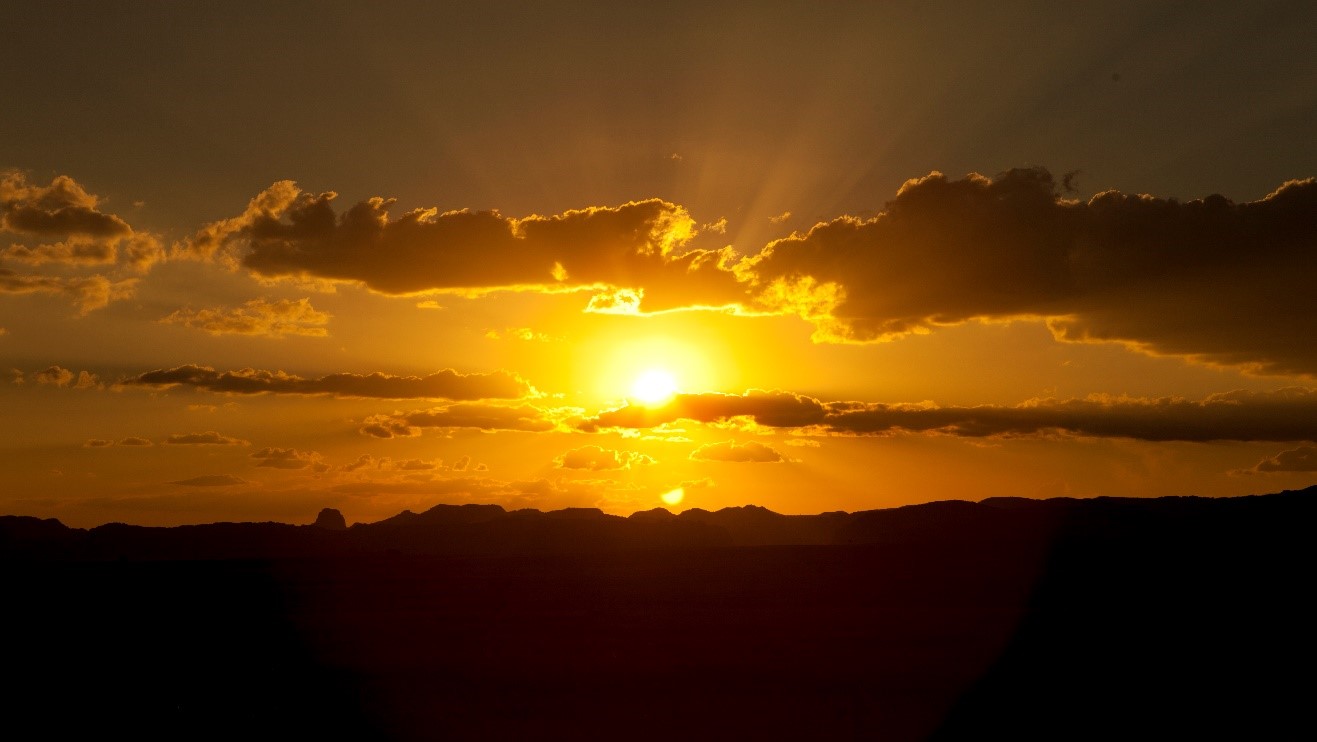
Let’s say you’re in the right position, watching a spectacular sunset (or sunrise) unfold in front of you. The mistake most folks make is only shooting the big, wide shot, taking into account the entire landscape, and the entire sunset (and surrounding clouds, etc.). While this has the potential to make a great shot indeed, I personally like the results of a sunset broken down into its most spectacular of components.
While there are no doubt many facets of the sunset that are striking, and causing your jaw to drop, I find the photos that take only a slice of this splendor make the biggest impact. Notice how in the above photo I’ve taken a very narrow field of view of the distant horizon, with a fantastic sun setting just over it.
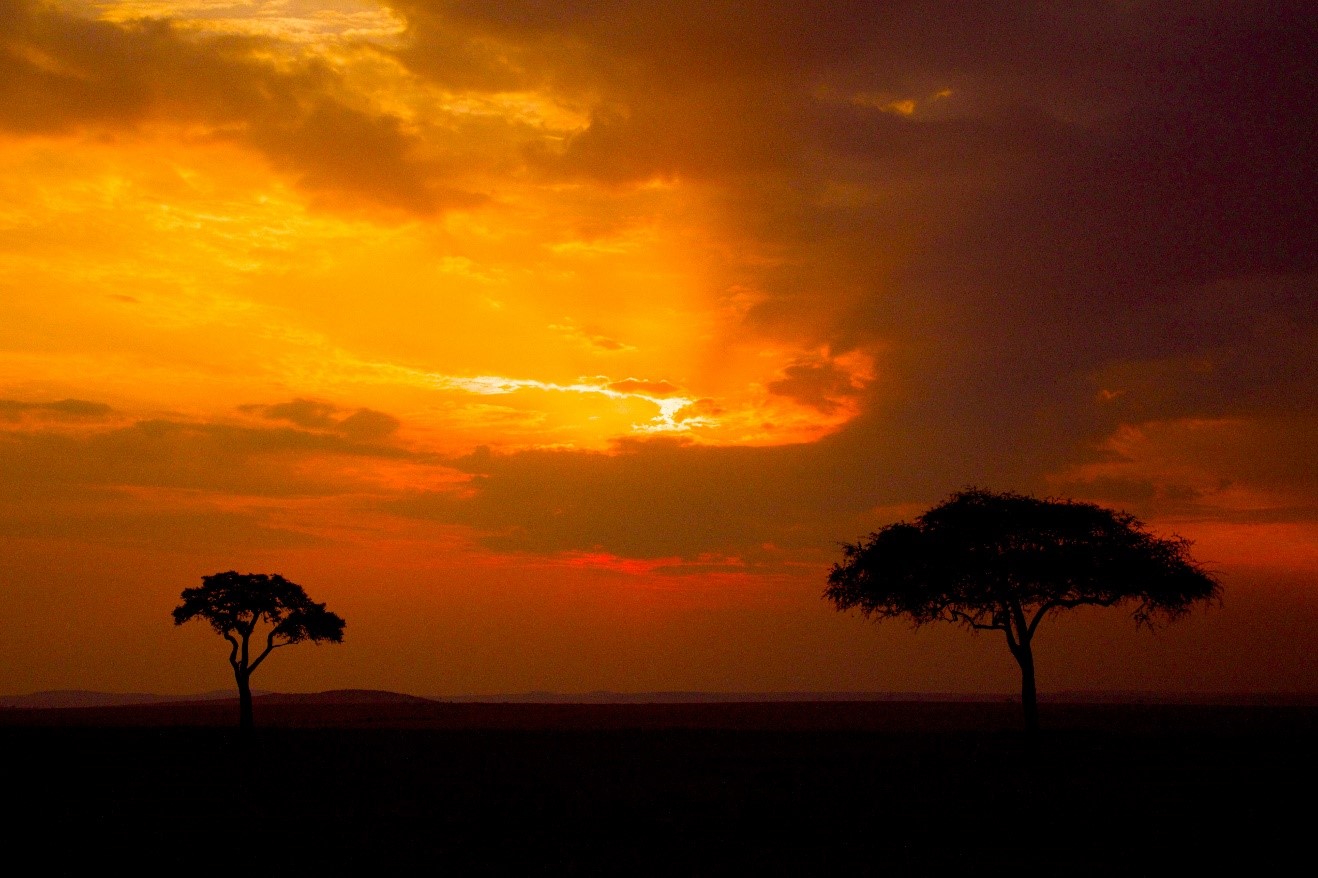
Combining the above two techniques, you can see how picking out distant features (the trees) and zeroing in on just a component of the sunset (a few distinct clouds) really makes the photo shine.
If you would like to read up on my full technique for photographing sunsets and sunrises, please do check out my article on My Technique for Photographing Sunsets Worldwide. However, if you’re busy (who’s not!) the technique is simple.
Technique: Set your camera on average settings (no special aperture, nor shutter speed, just something average will work…auto does just fine, too) and zoom in considerably to the sun itself. Using the rule of thirds, compose your photo as you see fit, and focus on the sun (or surrounding clouds with maximum color and contrast) and take the shot. The trick is that the sun should take up most of the middle square of your rule of thirds grid.
The effect I’m going for here, is filling the frame with the vibrant, brilliant colors, and not even capturing the duller zones that while appealing, are, well, duller. Let me stress that this is just one of many ways to photograph colorful sunrises and sunsets, but nevertheless is one of my personal favorite techniques.
Big Photos that Fill the Frame
Finally, with all great landscapes of the world, there are going to be specific features that really stand out. Maybe it’s a massive mountain range in Antarctica, but perhaps one particular area of one peak is especially moody and photogenic.
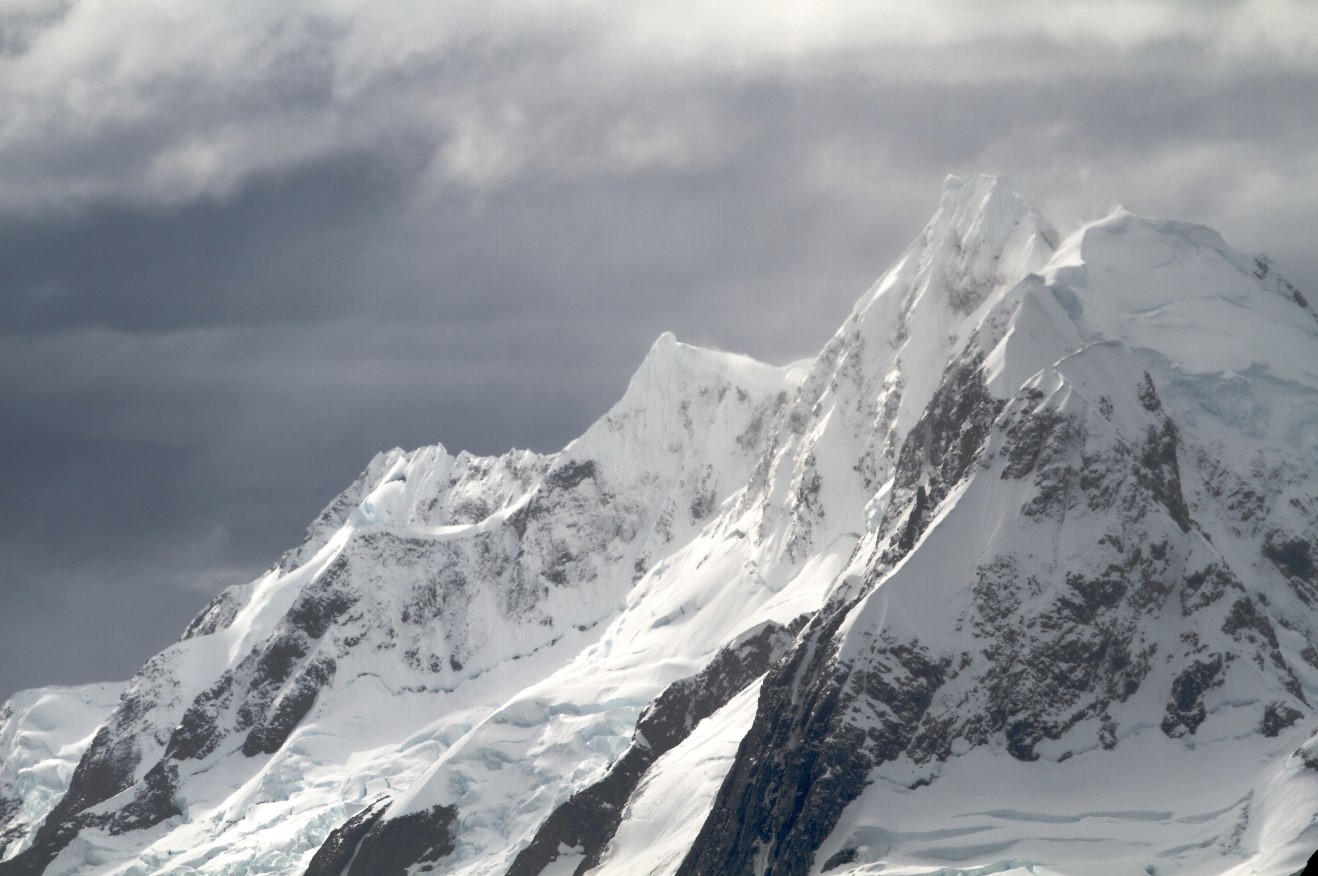
As you can see from the above photo, it’s a landscape shot, but it’s just part of the landscape. Since this was on a boat in Antarctica, there would be no other way for me to single out this particular feature other than using a telephoto lens and zooming in on my subject here…the magnificent mountain with all sorts of texture, contrast, and mystery!
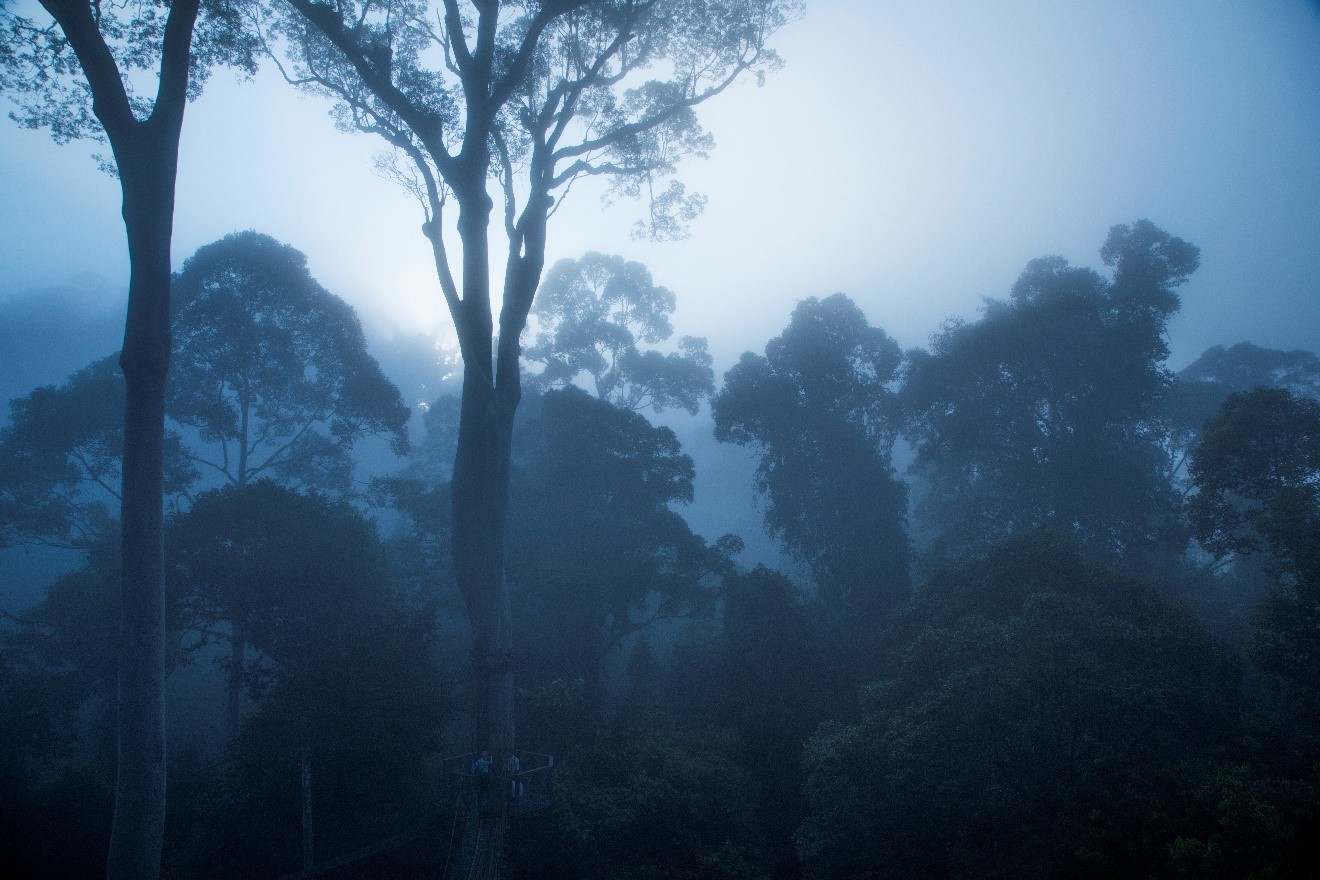
You don’t have to be in Antarctica to find this technique beneficial. Take the above photo, shot in a completely different area of the world–the vast tropical jungles of Borneo. Still, the ability to simplify your vast landscape by photographing only part of it is a tried and true technique for great landscape photography (and travel photography, too!).
Hopefully these examples and lessons help you on your next photo adventure no matter where in the world it may be. If you have any additional reasons why you personally like to bring a telephoto lens on your landscape photo trips, please leave a comment below!
Cheers, and happy photographing!

Court
2 Comments

Duane
March 22, 2021 at 6:09 pm

Court Whelan, Ph.D.
March 24, 2021 at 1:16 pm
Many thanks for this article. I’ve been following your
website for a couple of weeks now, and I hardly ever post a
comment on anything anywhere. Having said that, credit where it really is
due, I love this article. Please carry on the great work.I’m consuming as much advice as possible
so I can have a terrific wedding next year.
Hi Duane, wow this is such an nice compliment–thank you! I’ll keep the info coming!